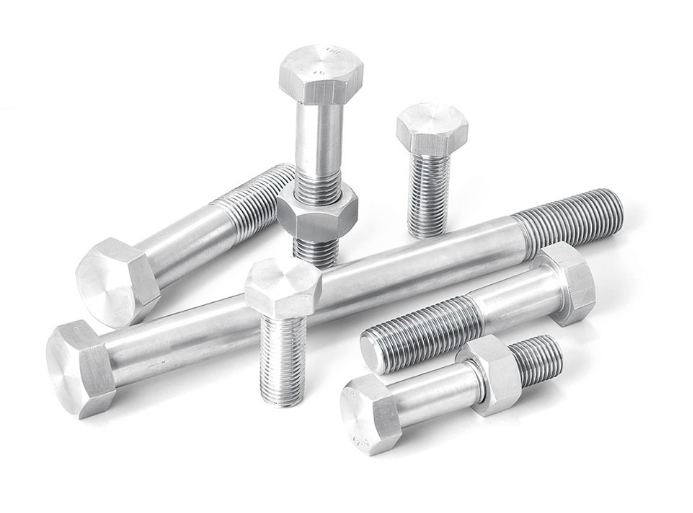

self tapping screws for mdf
Okt . 21, 2024 23:55 Back to list
self tapping screws for mdf
The Importance of Self-Tapping Screws for MDF
Medium Density Fiberboard (MDF) is a popular engineered wood product used extensively in furniture manufacturing, cabinetry, and decorative applications. One of the key components to achieving secure and durable connections when working with MDF is the use of self-tapping screws. This article will explore the advantages of self-tapping screws specifically designed for MDF, their applications, and some tips for effective usage.
Understanding Self-Tapping Screws
Self-tapping screws are designed with a unique thread profile that allows them to cut into the material without the need for pre-drilling pilot holes. This feature makes them highly efficient and ideal for various woodworking tasks. When it comes to MDF, which is made from wood fibers bonded together with synthetic resin, self-tapping screws provide a reliable solution by ensuring a tight grip without splitting the board.
Advantages of Using Self-Tapping Screws with MDF
1. Ease of Installation One of the primary advantages of self-tapping screws is their ease of use. Since they do not require pre-drilling, they save significant time during the assembly process. This is particularly beneficial in large projects where efficiency is crucial.
2. Strong Holding Power Self-tapping screws designed for MDF typically feature coarse threads that enhance their grip. The screw threads cut into the MDF material, providing a strong hold that can support the weight of shelves, cabinet doors, and other fixtures.
3. Reduced Risk of Damage When using the right self-tapping screws, the risk of damaging MDF is minimized. Traditional screws often require pilot holes, and if not drilled properly, they can cause the MDF to split or crack. Self-tapping screws mitigate this risk by slicing through the material cleanly.
self tapping screws for mdf

4. Versatility Self-tapping screws come in various sizes and coatings, making them suitable for different applications. Whether you are assembling furniture, building a cabinet, or creating decorative wall panels, there is a self-tapping screw designed for that purpose.
Effective Usage Tips
1. Choose the Right Screw When selecting self-tapping screws for MDF, consider the thickness of the board and the weight of the items being attached. Using screws that are too long can cause the MDF to break, while screws that are too short won't provide adequate support.
2. Use a Controlled Speed Drill To prevent stripping the screw heads or damaging the MDF, it’s advisable to use a drill with adjustable speed settings. Start slowly and gradually increase the speed as the screw enters the material.
3. Avoid Over-tightening It can be tempting to tighten screws completely, but over-tightening can lead to material damage and loose connections. Once the screw feels secure, stop tightening to preserve the integrity of the MDF.
4. Pre-tap if Necessary Although self-tapping screws are designed to eliminate pre-drilling, sometimes creating a small pilot hole can improve performance when working with thicker MDF. This can help guide the screw and reduce friction.
Conclusion
In summary, self-tapping screws are an invaluable tool for anyone working with MDF. Their ease of use, strong holding power, and reduced risk of material damage make them the perfect choice for a variety of projects. By following some simple guidelines, you can ensure that your connections are both secure and long-lasting, making your woodworking endeavors successful and satisfying.
Latest news
-
Similarities and Differences Between Plain Washer and Spring Washer - Fastener Comparison Guide
NewsJun.10,2025
-
Effortless Installation Self-Drilling Window Screws - Fast, Secure, and Durable Fasteners
NewsJun.10,2025
-
Self Drilling Stucco Screws for Fast, Secure Installation Self Tapping & Self-Tapping Fasteners
NewsJun.10,2025
-
Premium Hot Dipped Galvanized Self Tapping Screws - Durable Corrosion Resistance
NewsJun.09,2025
-
Discover M12 Weld Stud Benefits & Applications Guide
NewsJun.09,2025
-
M25 Stainless Steel Washers High-Durability Fasteners for Corrosion Resistance
NewsJun.09,2025

